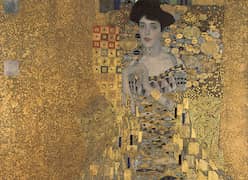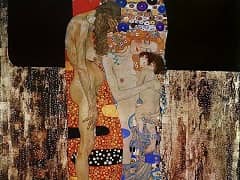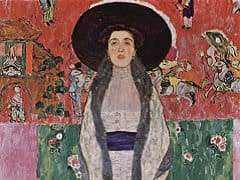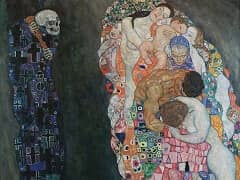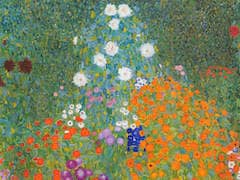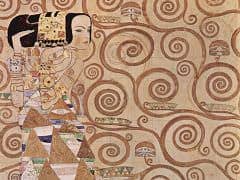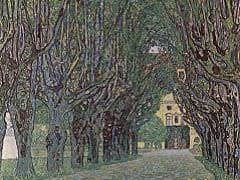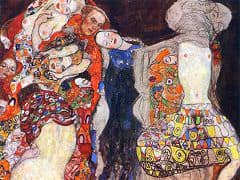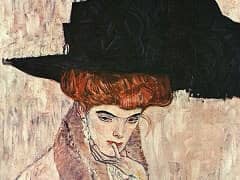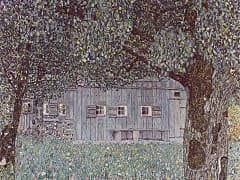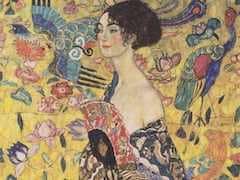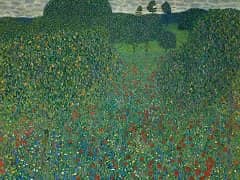Judith and the Head of Holofernes, 1901 by Gustav Klimt
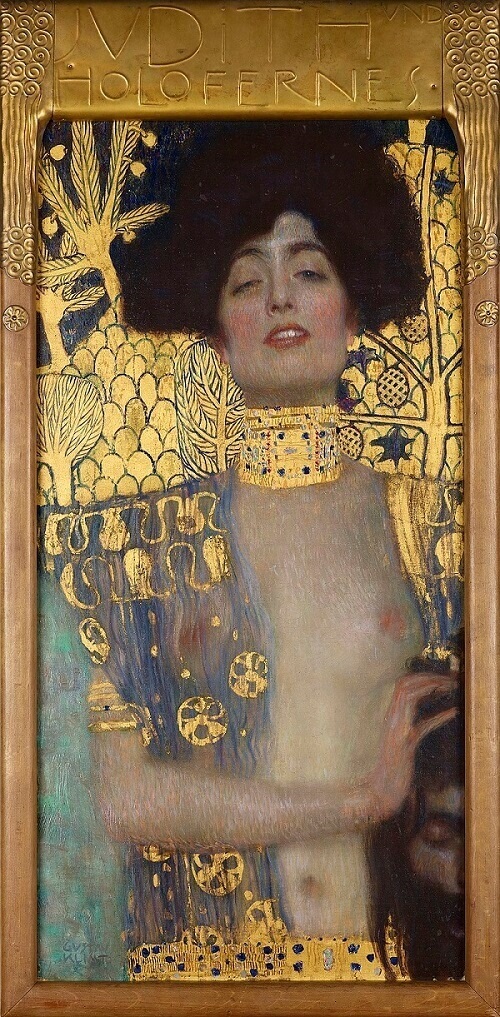
Judith was the biblical heroine who seduced and then decapitated General Holofernes in order to save her home city of Bethulia from destruction by the enemy, the Assyrian army. As an example of virtue overcoming vice,
the subject was quite popular among Old Masters, a typical example is Judith Beheading Holofernes by Caravaggio.
However, this work is not timeless allegory, since Judith and the Head of Holoferness depicted as a Viennese society beauty. The model was Adele Bloch-Bauer and if we compare it
with her portrait it is easy tosee the facial similarity. There seem to have been two principal Klimt types. The first was this dark-haired woman of angular build, also seen in Judith and the Head of Holofernes. The other
favorite was the fleshy, Rubenesque beauty portrayed in Danae. Judith's sensuality and her orgasmic expression as she holds up the head of Holofernes shocked Vienna. The Viennese could not bring themselves
to see this brazen femme fatale, who is clearly taking pleasure in her actions, as the pious Jewish widow how risked her virtue in order to save her city. A far more acceptable solution was to insist that this was a picture of the
murderess Salome, despite its being titled on the frame, and for a long time the painting was erroneously known as 'Salome'.
Judith herself has in a sense been decapitated. The heavy gold choker she wears, fashionable in early twentieth-century Vienna, rather brutally separates her own head from her body. Her clothes half conceal, half reveal her body. The stylized
gold band at the bottom of the picture looks as if it might be an ornamental hem to her garment, but then cuts across her abdomen like a flat belt. The painting was bought almost immediately by Klimt's Swiss contemporary, the painter Ferdinand
Hodler (1853 - 1918), whose work Klimt much admired.



